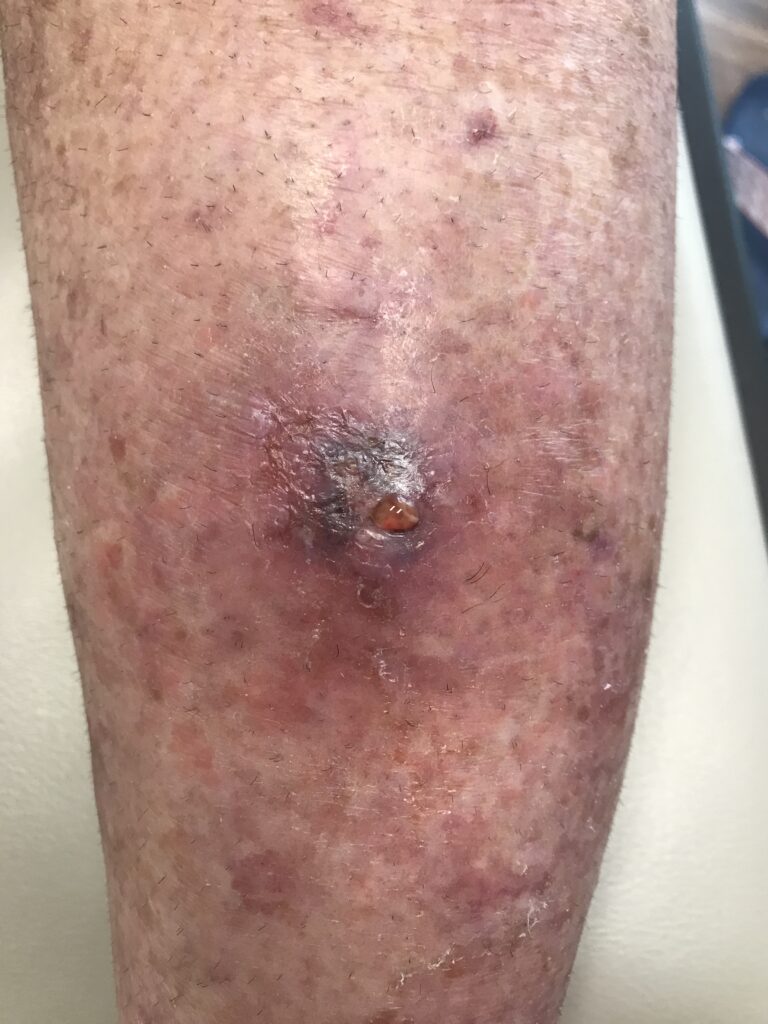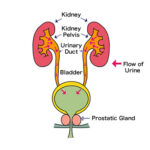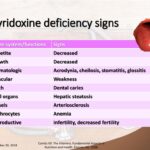Pyoderma gangrenosum is a rare, inflammatory skin disorder characterized by painful, rapidly progressing ulcers with undermined borders and surrounding erythema. Although its exact cause remains unclear, pyoderma gangrenosum is considered an autoinflammatory condition often associated with systemic diseases such as inflammatory bowel disease, rheumatoid arthritis, and hematologic malignancies. Timely diagnosis and targeted treatment are critical to minimize tissue damage and scarring.

Types of Pyoderma Gangrenosum
Ulcerative Type
The most common variant, the ulcerative type, typically presents as deep, painful ulcers predominantly on the lower limbs. Lesions begin as small pustules or nodules and quickly deteriorate into large ulcers with a violaceous, undermined edge.
Pustular Type
This form presents as painful pustules that may not necessarily ulcerate. It is commonly observed in patients with active inflammatory bowel disease.
Bullous Type
Bullous pyoderma gangrenosum appears as superficial, hemorrhagic bullae that evolve rapidly. It is frequently associated with hematologic malignancies such as leukemia.
Vegetative Type
A less aggressive form, vegetative pyoderma gangrenosum manifests as superficial ulcers without systemic involvement and demonstrates slower progression compared to other types.
Symptoms of Pyoderma Gangrenosum
- Rapid onset of painful skin ulcers
- Inflamed, swollen skin with a violaceous hue
- Pustules or nodules preceding ulceration
- Systemic symptoms such as fever and malaise in severe cases
- Scarring following healing
- Pathergy phenomenon: new lesions may develop after minor skin trauma
Symptoms often worsen without prompt medical attention, necessitating early therapeutic intervention.
Causes and Risk Factors
While the precise etiology of pyoderma gangrenosum is unknown, several factors are believed to contribute:
- Immune system dysregulation: Neutrophil dysfunction plays a central role.
- Genetic predisposition: Family history may increase susceptibility.
- Associated systemic diseases:
- Inflammatory bowel disease (Crohn’s disease, ulcerative colitis)
- Rheumatoid arthritis
- Hematologic disorders (e.g., leukemia, myelodysplastic syndromes)
- Trauma: Minor injuries can trigger new lesions (pathergy).
- Post-surgical sites: Pyoderma gangrenosum may develop at incision sites, mimicking wound infections.
Diagnosis of Pyoderma Gangrenosum
Pyoderma gangrenosum is a diagnosis of exclusion, as no definitive test exists. Diagnosis involves:
- Clinical examination: Evaluation of characteristic ulcer features.
- Patient history: Investigation for underlying systemic diseases.
- Biopsy: Although non-specific, it helps rule out infections, vasculitis, and malignancies. Histology typically shows sterile neutrophilic infiltration.
- Laboratory tests: Blood tests to assess systemic inflammation and exclude infections or other autoimmune conditions.
- Imaging studies: Employed in cases involving deep tissue involvement to evaluate extent and exclude abscess formation.
Early, accurate diagnosis is essential to initiate immunosuppressive therapy and prevent lesion progression.
Treatment Options for Pyoderma Gangrenosum
Medical Therapy
- Topical treatments:
- High-potency corticosteroids (e.g., clobetasol)
- Calcineurin inhibitors (e.g., tacrolimus)
- Best suited for mild or localized disease.
- Systemic therapies:
- Corticosteroids: First-line treatment for moderate to severe cases.
- Cyclosporine: Effective immunosuppressant for rapid disease control.
- Biologic agents:
- Anti-TNF agents (infliximab, adalimumab) show efficacy in refractory cases.
- IL-1 inhibitors and IL-12/23 inhibitors have been explored in clinical studies.
- Other immunosuppressants: Methotrexate, mycophenolate mofetil, and azathioprine.
Combination therapy is often necessary for extensive disease.
Wound Care
Proper wound care is critical to promote healing and prevent secondary infection:
- Gentle, non-traumatic cleansing
- Moist wound dressings to facilitate optimal healing environment
- Pain management with appropriate analgesia
- Avoidance of surgical debridement, which may exacerbate lesions
Surgical Intervention
Surgery is typically contraindicated unless absolutely necessary due to the risk of pathergy. In selected stable cases, skin grafting may be considered under immunosuppressive cover.
Supportive Care
- Management of underlying systemic conditions
- Psychological support to address the emotional burden of chronic wounds
- Physical therapy to maintain mobility if extensive ulcers affect limb function
Frequently Asked Questions
What triggers pyoderma gangrenosum flare-ups?
Trauma, surgery, and worsening of associated systemic diseases are common triggers.
Is pyoderma gangrenosum contagious?
No, pyoderma gangrenosum is not contagious; it results from immune system dysfunction.
How is pyoderma gangrenosum distinguished from infected ulcers?
Clinical evaluation, tissue biopsy, and microbiological studies help differentiate pyoderma gangrenosum from infectious ulcers.
What is the best treatment for pyoderma gangrenosum?
First-line treatment involves systemic corticosteroids or cyclosporine, with biologics reserved for refractory cases.
Can pyoderma gangrenosum heal completely?
With appropriate medical therapy and wound care, lesions can heal; however, scarring is common and recurrence is possible.

